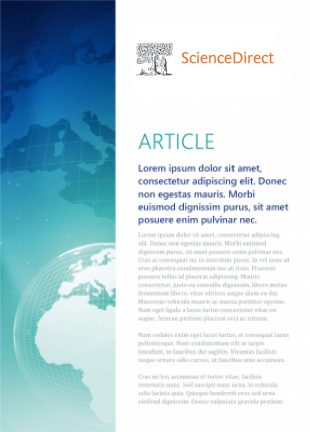Joseph, N. E., & Derivois, D. (2017). Evolution Psychiatrique, 82(1), 105-113. doi:10.1016/j.evopsy.2016.05.006
[Cultural and religious aspects of phantom pregnancy in Haiti: A case study]
Résumé.
Objectifs. Cette étude clinique porte sur la grossesse nerveuse en Haïti, maladie culturellement appelée « pèdisyon », en créole haïtien. Son objectif est de mettre en évidence les enjeux des croyances socioculturelles et religieuses ainsi que les clivages qu’elles suscitent dans la psyché.
Méthode. À travers un cas clinique, cette réflexion a été menée à partir d’un dispositif clinique mis en place par une organisation non gouvernementale intervenant auprès des femmes en Haïti après le séisme du 12 janvier 2010.
Résultats. Trois aspects de cette problématique sont mis en avant : la grossesse nerveuse en tant que souffrance psychique réelle ; le désir d’enfant et ce qui se construit dans l’imaginaire ; le sens et les bénéfices pour la femme qui en souffre.
Discussion. Le corps de la femme apparaît alors à la fois comme support de projections de la souffrance et comme support de croyances culturelles et religieuses permettant de faire face à cette souffrance.
Conclusion. Il ressort qu’un accompagnement efficace devrait tenir compte de tous ces aspects afin de permettre à la patiente de renouer avec sa subjectivité.
Abstract.
Objectives. This clinical study is about phantom pregnancy in Haiti, a condition known as “pèdisyon” in Haitian Creole culture. It aims to highlight issues relating to socio-cultural and religious beliefs and the cleavages they cause in the psyche.
Method. Through a clinical case, this reflection was based on a clinical care system implemented by a non-governmental organization involved with women in Haiti after the earthquake of January 12, 2010.
Results. Three aspects of this issue are evidenced: the real psychic distress of phantom pregnancy; the desire for children and the related imaginary constructions; the meaning and the benefits for the woman concerned.
Discussion. The woman’s body appears both as the substrate for the projection of suffering and as the substrate of cultural and religious beliefs making it possible to cope with this suffering.
Conclusion. It appears that to be effective, support for these women should take into account all these aspects in order to allow the patient to reconnect with her subjectivity.
